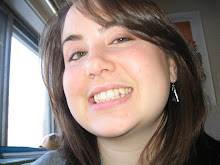Due to her lack of education and social graces Anne often behaves in an unladylike manner, but her heart is good. Her best friend is Diana Barry and she is no longer allowed to see her when she accidently serves Diana red currant wine instead of raspberry cordial, which intoxocates her friend. After Anne saves Diana's sister's life (she is sick with croup), the two girls are allowed to be friends and play together again. This is exactly the kind of trouble that Anne often gets into.
Anne has another friend that she feuds with for most of the book. Gilbert Blythe is Anne's arch nemesis because he teased her about her red hair (a crime worthy of the silent treatment in Anne's book) and she competes with him throughout her years of education as they are the two best students in the class.
Anne does well in school and attends the Queens Academy where she wins a scholarship that will allow her to attend a four-year college next fall. On a trip home Anne finds that all has not been well at Green Gables in her absence. Matthew is now suffering heart problems and passes away before novel's end. Marilla is sure to go blind so Anne decides to stay home and care for her and Gilbert Blythe, of all people, gives up his teaching post at Avonlea school so that she may teach and be near Marilla. This act solidifies their friendship.
Genre: Fiction/Classic
Montgomery, L. M. (1988). Anne of green gables. New York: Children's Classics.
